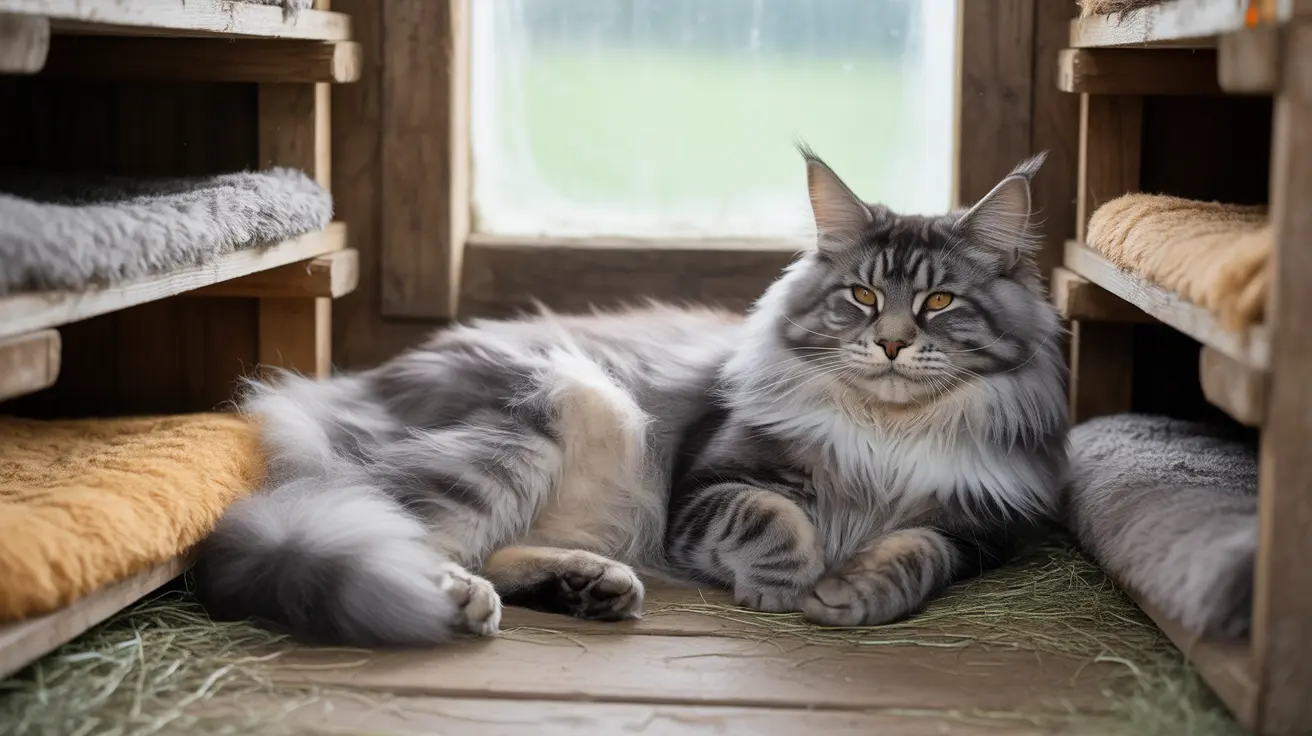The Critical Acclimation Period
The first few weeks are crucial for establishing your barn cat's territorial connection to its new home. A proper acclimation process typically involves:
- A secure containment area for 2-4 weeks
- Regular feeding schedule at consistent times
- Comfortable bedding and hiding spaces
- Clean litter facilities
- Protection from weather and predators
Setting Up the Containment Space
Your initial containment area should be escape-proof and comfortable. A large dog crate or secured tack room works well, provided it's properly equipped with:
- Multiple levels for perching
- Covered hiding boxes
- Fresh water source
- Food stations
- Clean litter area
- Adequate ventilation
Creating a Permanent Environment
Once the acclimation period ends, your barn cat needs a permanent setup that encourages it to stay. Essential elements include:
- Weatherproof shelter with elevated sleeping areas
- Multiple food and water stations
- Safe escape routes from predators
- Familiar items from the containment period
- Designated scratching and perching spots
Establishing Routine Care
Consistent care is crucial for keeping barn cats content:
- Feed at the same times daily
- Maintain clean water sources
- Monitor health regularly
- Provide flea and tick prevention
- Schedule annual veterinary check-ups
Building Trust and Connection
Developing a positive relationship with your barn cat increases the likelihood it will stay:
- Speak softly when approaching
- Use food rewards consistently
- Respect the cat's space
- Maintain predictable routines
- Provide environmental enrichment
Emergency Response Plan
Having a plan for potential escapes is essential:
- Keep familiar items accessible
- Maintain feeding schedules
- Place strong-scented foods nearby
- Set up surveillance cameras
- Contact local shelters if needed
Frequently Asked Questions
How long should I keep a new barn cat confined before letting it roam freely on my property?
Most experts recommend keeping barn cats confined for 2-4 weeks. This period allows them to recognize their new environment as home and develop a strong territorial connection.
What are the best ways to make a barn cat feel safe and prevent it from running away?
Provide secure shelter, consistent feeding times, multiple hiding spots, and minimal disruption during the adjustment period. Having multiple cats together can also increase security and comfort.
How can I create a warm and secure shelter that encourages barn cats to stay on my farm?
Build or convert a structure that's elevated, weatherproof, and predator-resistant. Use straw for bedding, provide multiple entry/exit points, and ensure the shelter is near feeding stations.
Why is feeding barn cats regularly important in keeping them from wandering off?
Regular feeding creates a reliable food source and routine, which helps barn cats recognize their territory as home. Well-fed cats are also healthier and more likely to stay where resources are dependable.
What should I do if my barn cat tries to escape shortly after being introduced?
Place familiar items and strong-smelling foods (like tuna or sardines) near the barn area. Maintain regular feeding times, and avoid chasing the cat. Most cats will return within 24 hours if they're properly acclimated.
Remember, successfully keeping a barn cat from running away requires patience, consistency, and proper preparation. By following these guidelines and maintaining regular care, you'll create an environment where your barn cat can thrive and fulfill its role as a working cat while remaining safely on your property.






